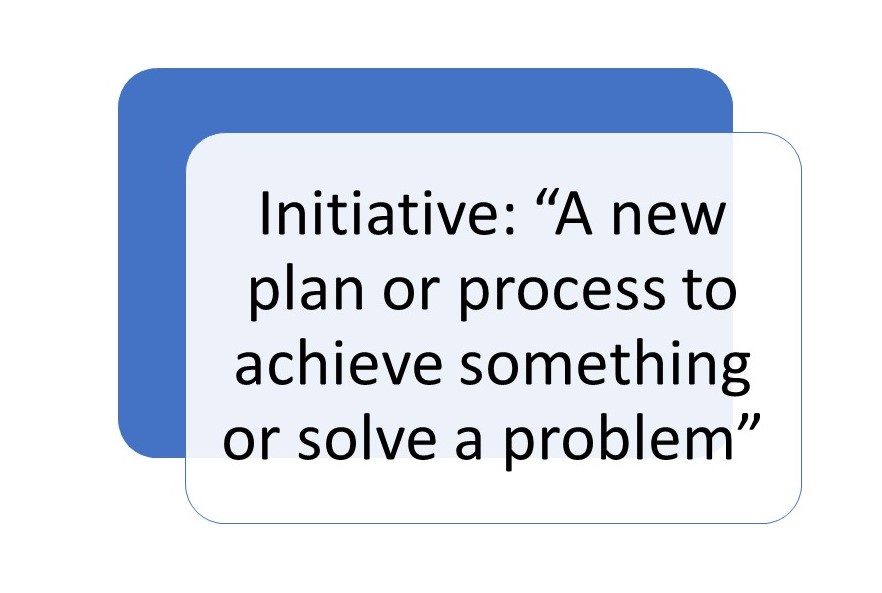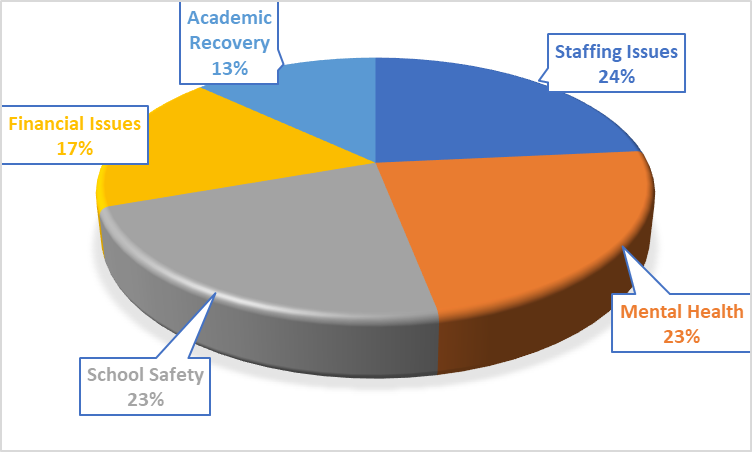 Making better decisions for your students, staff, and community has obvious benefits – improved student achievement, time and money saved, problems solved, etc. Setting your decisions up for success not only increases the chances of better outcomes, but it can also lead to synergistic effects such as improved morale, leadership retention, and community relations.
Making better decisions for your students, staff, and community has obvious benefits – improved student achievement, time and money saved, problems solved, etc. Setting your decisions up for success not only increases the chances of better outcomes, but it can also lead to synergistic effects such as improved morale, leadership retention, and community relations.
How do you set your decisions up for success? Develop, develop, develop and support the decision-making skills of your people.
- Provide training for a structured decision making process – agreeing on criteria, priorities, alternatives, risks and planning by asking the right questions can help you avoid the many pitfalls of gut-based or loudest-voice decision making. Renew and recharge these skills as needed.
- Reinforce and support the training with coaching, relevance, post-work expectations and resources for review and application. Evidence shows that providing leadership with decision -making skills and responsibilities increases both their success and their job satisfaction. Increase skill application by ensuring there is no gap between skills attainment and opportunity.
- Increase the effectiveness of all participants, even outside stakeholders, with a basic understanding of the process so they have a common understanding and language for the process being used. TregoED’s new Building Process Awareness (BPA) virtual training introduces the basic ideas to those who haven’t yet attended STEPS 1 but whose input or participation is needed. Michele Sherman, Program Manager, GaDOE Educator Support and Development Division, found after providing an “Building Process Awareness” workshop for their specialists helped “bring the process to life”, increase use, and served as a “great refresher” for those previously trained.
Bottom line, investing in your leadership and staff by giving them the skills they need to be successful can have many positive ramifications beyond improved decision-making – maximizing the use of good process can lead to optimal teamwork, collaboration, morale, application, retention, community relations and more.

 Great minds don’t always think alike – as a matter of fact, having a variety of thoughts and opinions often can help you come up with a better strategy or solution to challenges that lie ahead. In fact,
Great minds don’t always think alike – as a matter of fact, having a variety of thoughts and opinions often can help you come up with a better strategy or solution to challenges that lie ahead. In fact,  As we approach the end of the calendar year, schools are just getting started. Many schools all over the US have lots of new and different” initiatives in the works.
As we approach the end of the calendar year, schools are just getting started. Many schools all over the US have lots of new and different” initiatives in the works.


